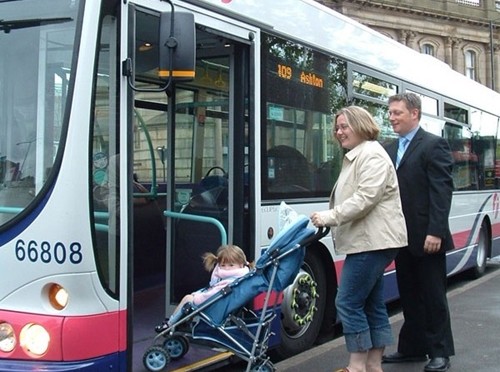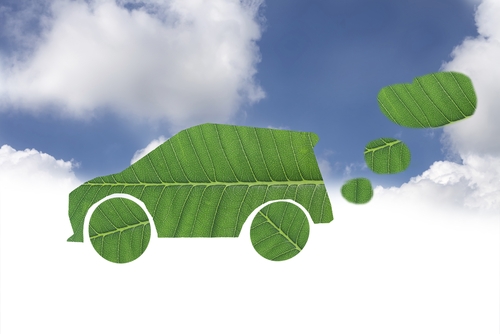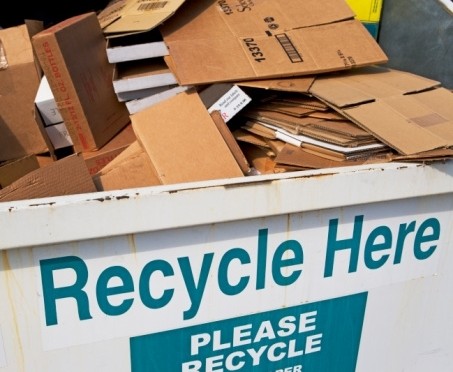To pair with the much-anticipated academic ratings of colleges, a sustainability report evaluates college campuses to see where they land in going green.
The comprehensive report is called STARS, short for Sustainability Tracking, Assessment and Rating System. It gives universities grades on their own for sustainability education and outreach efforts. As a result, universities gain a better focus on where to take eco-friendly measures, including energy efficiency, using recycled materials and cutting down carbon footprints.
Each participating university voluntarily submits institutional data on eco topics ranging from environmentally friendly buildings to education measures. Then the Association for the Advancement of Sustainability in Higher Education assesses each report in a scorecard-like method and provides a ranking based on the total score.
In the recent STARS report, University of Cincinnati, Ohio State University and Miami University received a silver ranking. This means that the universities are doing well with energy efficiency standards, but still have shortfalls on institutional funding and sustainability research.
"It really points out places that could be improved," Claire Sweigart, UC sustainability coordinator, told The News Record. "It's going to help us moving forward to target our projects and try to work with different campus partners to try and move some of these forward."
The STARS report serves as a great tool for universities that want to gauge how "green" they are, and what they can do to improve.
Students Making Campuses Greener
While the bulk of the responsibility to take eco-friendly measures lands on the university itself, student bodies have proven particularly effective at getting the (electric-powered) wheels turning on such programs.
Emily Heine, the student government senator at UC, is a case in point. She has sustainability-themed ideas planned for the remainder of the academic year and plans on making going green a top priority in the fall semester. The first bill Heine pushed through student government after being elected was to bring a sustainability conference event to campus. The event, called Generation Waking Up, will take place on the last weekend in March.
Other simple steps to help campuses clean up include tree plantings, street clean ups and fun events like recycled fashion shows. If you are in college or know someone who is, this list might be a helpful step in putting environmental awareness into action.
Notably, though the STARS report isn't a definite snapshot of sustainability efforts, it certainly helps in targeting possible future areas that need improvement.
Ilchi Lee, a strong supporter of a sustainable world, advocates efforts to reduce the carbon footprint of schools. Not only does it provide model for the upcoming generation, it teaches real-life programs that can bring about serious improvements.






